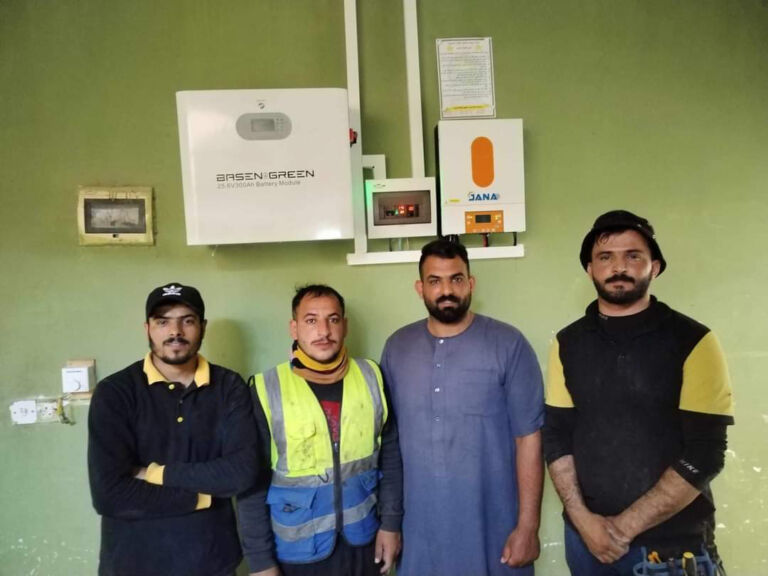How to Get 1S Batteries to Storage Charge

When it comes to preserving the lifespan and performance of your 1S batteries, it is essential to know how to properly store them. Storing your batteries at the correct voltage level, known as storage charge, can significantly impact their overall health. In this article, we will discuss the steps to achieve storage charge for 1S batteries, as well as some tips for maintaining them.
What is Storage Charge?

Storage charge refers to the optimal voltage level at which batteries should be stored to maintain their health and performance. For 1S lithium polymer (LiPo) batteries, the recommended storage voltage is typically around 3.8 to 3.85 volts per cell. Storing your batteries at this voltage level helps to prevent over-discharge or overcharging, which can lead to irreparable damage.
Steps to Achieve Storage Charge
Step 1: Discharge Batteries
Before storing your 1S batteries, it is important to ensure that they are not fully charged. Use a discharge tool or a compatible charger to discharge the batteries to the recommended storage voltage. This step helps to reduce the risk of over-discharging during storage.
Step 2: Balance Cells
If your 1S batteries have multiple cells, it is crucial to balance the voltage of each cell before storing them. Use a balance charger or a battery management system to ensure that each cell is at the same voltage level, preventing any imbalances during storage.
Step 3: Store in a Safe Location
Once the batteries have been discharged and balanced, it is time to store them in a safe location. Choose a cool, dry, and fire-resistant storage area away from direct sunlight and extreme temperatures. Avoid storing batteries in metal containers or near conductive materials to reduce the risk of short circuits.
Step 4: Regularly Check Voltage Levels
It is important to periodically check the voltage levels of your 1S batteries during storage. If the voltage drops below the recommended storage charge, use a charger to bring them back to the optimal level. This helps to maintain the health and longevity of the batteries.
Step 5: Use a Battery Management System
Consider using a battery management system (BMS) to monitor and maintain the health of your 1S batteries during storage. A BMS can help to regulate voltage levels, prevent over-discharge, and provide additional safety features for long-term storage.
Tips for Maintaining 1S Batteries
Tip 1: Avoid Full Discharges
To prolong the lifespan of your 1S batteries, avoid fully discharging them during use. Always monitor the voltage levels and recharge the batteries before they reach a critical low point to prevent damage.
Tip 2: Store at Room Temperature
Storing your 1S batteries at room temperature is ideal for maintaining their health. Avoid exposing them to extreme heat or cold, as this can impact their performance and longevity.
Tip 3: Use Quality Chargers
Invest in a quality charger specifically designed for 1S batteries to ensure proper charging and storage. Avoid using incompatible or low-quality chargers that can damage the batteries.
In conclusion, achieving storage charge for 1S batteries is crucial for preserving their health and performance during long-term storage. By following the steps outlined in this article and implementing the tips for maintenance, you can ensure that your 1S batteries remain in optimal condition for future use. Remember to always prioritize safety when handling and storing batteries to prevent any potential hazards.


